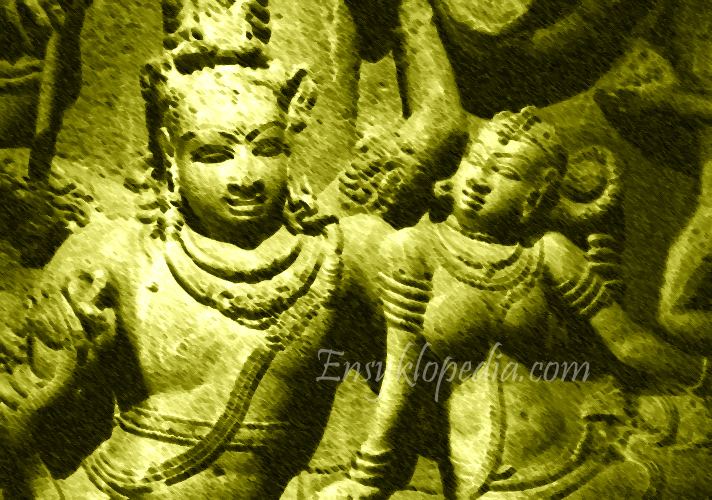Died 274-270 BCE Nephews Tivala, Mahinda, Kunala Nieces Sanghamitta, Charumati | Name Susima Susima House Maurya Parents Bindusara, Charumitra Issue Nigrodha | |
 | ||
Grandparents Chandragupta Maurya, Durdhara Similar People Ashoka, Bindusara, Karuvaki, Chandragupta Maurya, Durdhara | ||
Susima (also Sushima or Sushim; c. 304 – c. 270 BCE) was a prince of the Maurya Empire and the eldest son and heir-apparent of the second Mauryan emperor Bindusara. He was next in line for his father's throne, but was assassinated by his younger half-brother, Ashoka, who eventually succeeded Bindusara as the third Mauryan emperor.
Contents

Birth and family
Susima was the eldest and favourite son of the second Mauryan emperor Bindusara. Not only was Susima the crown prince, but his mother was also a princess as opposed to Ashoka's mother, Subhadrangi, who was a commoner. All these factors proved to be highly favourable for Susima and thus, made him a strong contender for his father's throne. In contrast, Ashoka's chances of succeeding Bindusara were pretty slim: his mother was a commoner and Bindusara is said to have been not been too fond of his younger son. Susima had several younger siblings, his half-brothers from other wives of Bindusara.
Vice-royalty
He had been the viceroy/governor to Takshashila during the reign of his father Bindusara as his younger brother Ashoka was to Ujjain. The Maurya Empire was divided into four provinces, which one of the four, look like a giant crescents with the imperial capital at Pataliputra. From Ashoka's edicts, the names of the four provincial capitals are Tosali (in the east), Ujjain (in the west), Suvarnagiri (in the south), and Takshashila (in the north). The head of the provincial administration was the royal prince, who governed the provinces as the emperor's representative. The prince was assisted by Mahamatyas and Council of Ministers. This organizational structure was reflected at the imperial level with the Emperor and his Council of Ministers.
Divyavadana refers to Ashoka putting down a conflict in Ujjain due to activities of some wicked ministers. This may have been a suppression of a revolt in Bindusara's time, but some historians consider this as a part of Bindusara's conquest of the Deccan. Following this Ashoka was stationed at Ujjain as governor.
It is said that a popular revolt occurred at Takshashila during Susima's time as the Governor which has been blamed upon his administration. However, this was quelled by Emperor Bindusara. Another revolt at Takshashila (the reason for the second revolt is unknown, but Bindusara could not suppress it in his lifetime) is said to have been crushed by Ashoka after Bindusara's death.
Civil war after Bindusara's death
Bindusara's death in 273 BCE led to a civil war over succession. According to Divyavadana, Bindusara wanted Susima to succeed him but Ashoka was supported by his father's ministers. A minister named Radhagupta seems to have played an important role in this succession. One of the Ashokavandana states that Ashoka managed to become the Emperor by getting rid of the legitimate heir to the throne, by tricking him into entering a pit filled with live coals.
The Dipavamsa and Mahavamsa refer to Ashoka killing 6 of his brothers, sparing only one, his uterine Vitashoka or Tissa. Although there is no clear proof about this incident. The coronation of Ashoka only happened in 269 BCE, four years after his succession to the throne.
